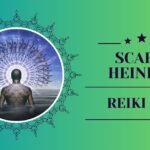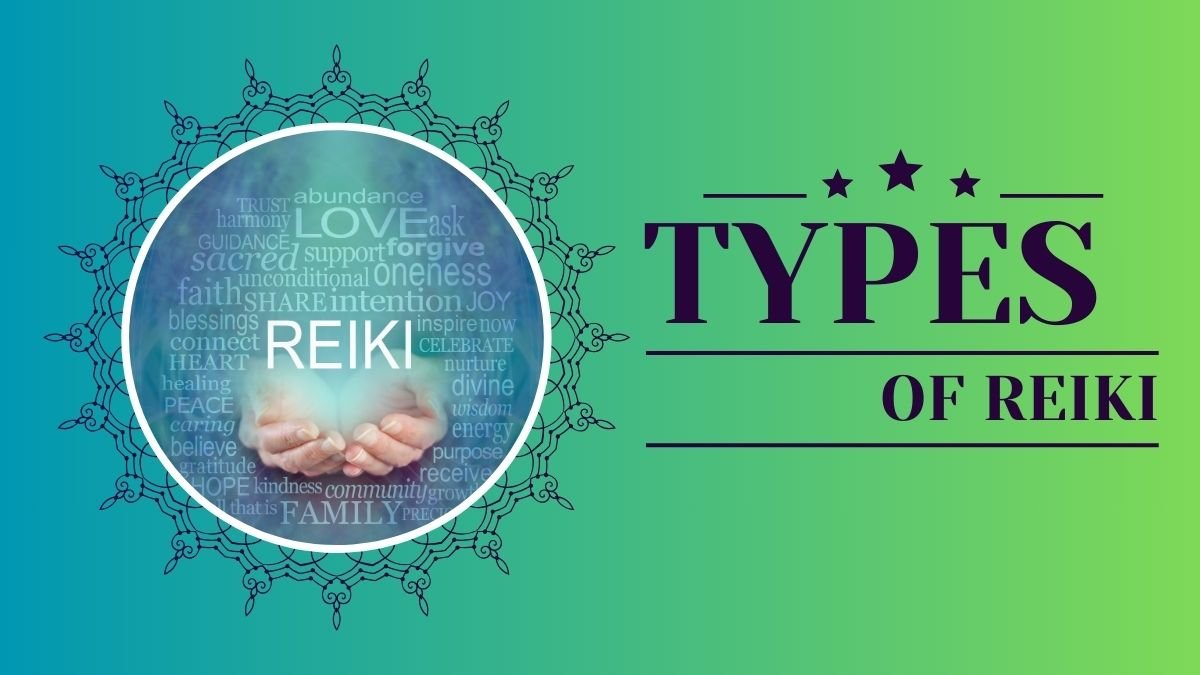Introduction to Reiki: A Brief Overview
Reiki, often described as a form of energy healing, has captured the interest of wellness enthusiasts, holistic health seekers, and spiritual practitioners worldwide. Originating from Japan, Reiki involves the transfer of universal life energy through the practitioner’s hands to promote physical, emotional, and spiritual healing.
This blog post delves into various types of Reiki, providing insight into their unique methodologies and benefits. Discover the different types of Reiki and how each one can contribute to your overall well-being.
The Origins and History of Reiki
The story of Reiki begins with its founder, Mikao Usui, in the early 20th century. Usui, a Japanese Buddhist, developed this healing practice after a profound spiritual experience. He combined elements of traditional Japanese healing techniques, meditation, and his spiritual insights to create what is now known as Usui Reiki.
Reiki’s journey to the West began with Hawayo Takata, a Japanese-American woman who studied under one of Usui’s disciples, Dr. Chujiro Hayashi. Takata introduced Reiki to the United States in the late 1930s, ensuring its spread and adaptation across different cultures.
Understanding the Basics of Reiki Energy
At its core, Reiki operates on the principle that life energy flows through all living beings. When this energy is low, we are more susceptible to illness and stress. Conversely, when it is high, we are more capable of being happy and healthy. Reiki practitioners channel this universal life energy to harmonize the body’s energy fields, promoting balance and well-being.
Types of Reiki
Traditional Japanese Reiki (Usui Reiki)
Usui Reiki, the most widely known form, adheres closely to the original teachings of Mikao Usui. It emphasizes hand placements, symbols, and mantras to facilitate the flow of energy. Practitioners often incorporate meditation and mindfulness practices to enhance the healing process.
Western Reiki
Western Reiki, also known as Usui Shiki Ryoho, is an adaptation of traditional Usui Reiki. It was popularized by Hawayo Takata and integrates additional hand positions and techniques. Western Reiki places a strong emphasis on personal intuition, allowing practitioners to adapt their methods based on the recipient’s needs.
Kundalini Reiki
Kundalini Reiki focuses on awakening the Kundalini energy, believed to reside at the base of the spine. This energy is activated through a series of attunements, helping to clear energy blockages and promote spiritual growth. Kundalini Reiki is often associated with profound personal transformation and heightened awareness.
Tibetan Reiki
Tibetan Reiki incorporates elements of Tibetan Buddhism, including the use of sacred symbols and mantras. It aims to balance the body’s energy centers, or chakras, and is known for its deep meditative and spiritual practices. Tibetan Reiki practitioners often use crystals and sound healing to enhance the energy flow.
Shamanic Reiki
Shamanic Reiki blends traditional Reiki techniques with shamanic practices. It involves connecting with nature spirits, animal guides, and ancestral energies to facilitate healing. Shamanic Reiki sessions may include drumming, chanting, and journeying to access deeper layers of consciousness.
Past Life Reiki
Past Life Reiki addresses issues believed to stem from past lives. Practitioners use Reiki energy to explore and heal past life traumas, helping to release patterns that affect the present. This type of Reiki can be particularly beneficial for those experiencing unexplainable fears or recurring negative patterns.
How Reiki Differs in Practice and Methodology Across the Types
While all forms of Reiki share the common goal of energy healing, they differ in their approaches and techniques. Usui Reiki and Western Reiki focus on hand placements and symbols, while Kundalini Reiki emphasizes the awakening of Kundalini energy.
Tibetan Reiki incorporates Buddhist practices, Shamanic Reiki integrates shamanic traditions, and Past Life Reiki explores past life healing.
Each type offers unique methods to channel and direct energy, catering to different spiritual and healing needs. Understanding these differences can help individuals choose the type of Reiki that resonates most with them.
Benefits of Each Type of Reiki
Usui Reiki
- Promotes relaxation and stress reduction
- Enhances overall well-being
- Supports physical healing and pain relief
Western Reiki
- Encourages intuitive healing practices
- Adaptable to individual needs
- Effective for emotional and mental well-being
Kundalini Reiki
- Awakens spiritual energy
- Clears energy blockages
- Facilitates personal transformation
Tibetan Reiki
- Balances chakras and energy centers
- Deepens meditation and spiritual practices
- Incorporates crystal and sound healing
Shamanic Reiki
- Connects with nature and ancestral energies
- Facilitates deep inner healing
- Integrates shamanic rituals for holistic healing
Past Life Reiki
- Explores and heals past life traumas
- Releases recurring negative patterns
- Provides insight into unresolved issues
Who Can Benefit from Reiki and How to Get Started
Reiki is accessible to everyone, regardless of age or background. It can benefit those seeking physical healing, emotional balance, spiritual growth, or stress relief. To get started with Reiki, consider the following steps:
- Research: Learn about the different types of Reiki and their benefits.
- Find a Practitioner: Look for certified Reiki practitioners with positive reviews and recommendations.
- Experience a Session: Schedule a session to experience Reiki firsthand and determine if it’s right for you.
- Learn Reiki: If you feel drawn to practice Reiki, consider taking a course to become a certified practitioner.
Conclusion: Exploring Different Types of Reiki
Reiki offers a diverse range of healing practices, each with its unique approach and benefits. By exploring and experimenting with different types of Reiki, you can find the one that resonates most with your personal journey. Whether you seek physical healing, emotional balance, or spiritual growth, Reiki provides a pathway to holistic well-being.
Frequently Asked Questions (FAQs) types of Reiki
What should I expect during a Reiki session?
A typical Reiki session is a deeply relaxing experience that generally lasts between 60 to 90 minutes. You may lie down on a massage table fully clothed while the practitioner gently places their hands on or above various parts of your body. Many people report feeling warmth, tingling sensations, or a sense of peace and calm during and after the session.
How many Reiki sessions will I need?
The number of sessions varies depending on individual needs and goals. Some people experience significant benefits after just one session, while others may require multiple sessions to address chronic issues or to maintain a sense of well-being. It’s best to discuss your specific needs with your Reiki practitioner.
Is Reiki safe for everyone?
Yes, Reiki is generally considered safe for people of all ages, including pregnant women, children, and the elderly. It is a non-invasive practice that complements other medical and therapeutic techniques. However, it is always advisable to consult with your healthcare provider if you have any particular concerns.
Can Reiki be practiced remotely?
Yes, distance Reiki is a common practice. Since Reiki energy is not bound by time or space, practitioners can send healing energy to individuals who are not physically present. Many people find distance Reiki sessions to be just as effective as in-person sessions.
Do I need to believe in Reiki for it to work?
No, Reiki does not require belief in order to be effective. While maintaining an open mind can enhance your experience, the energy will still flow and provide benefits regardless of your level of belief or understanding. Many skeptics have experienced positive results with Reiki.







